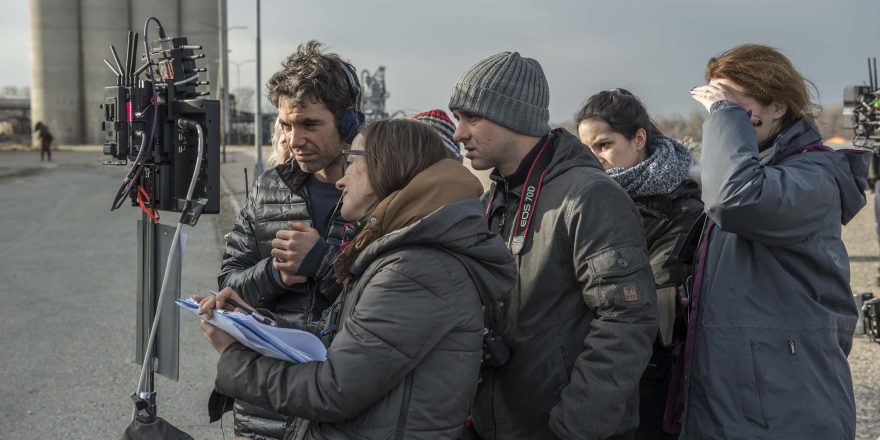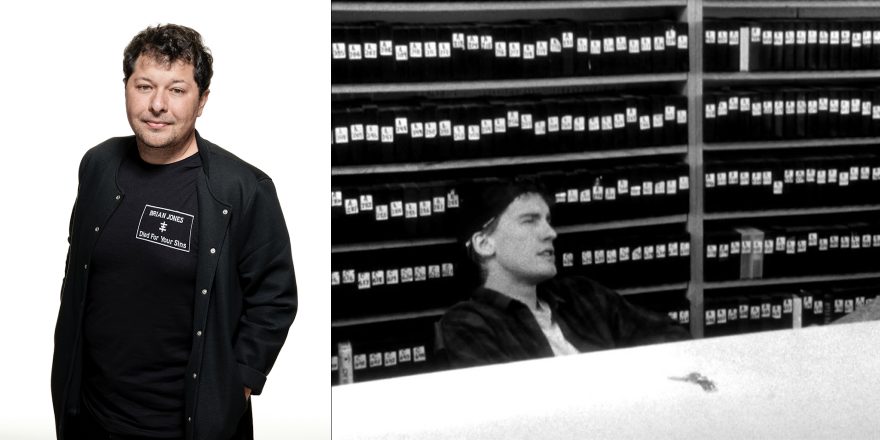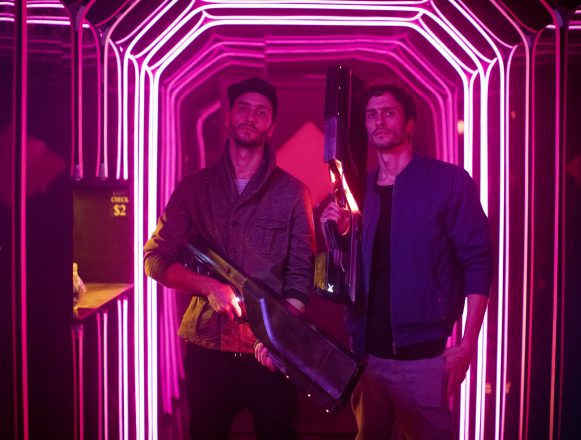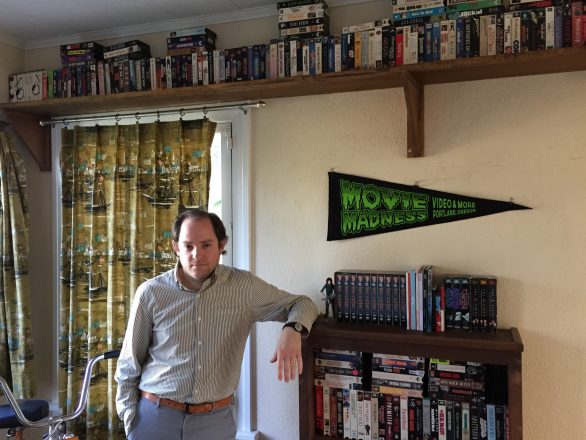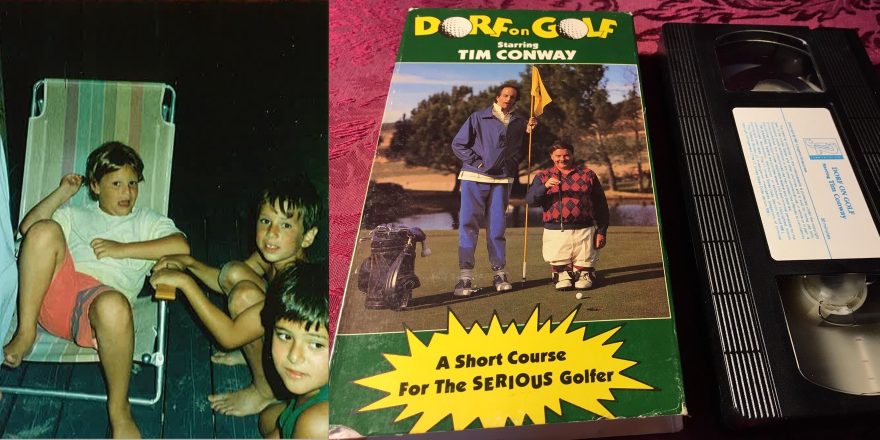I was six when my mum got her first VCR — a present from her then-boyfriend, who I think wanted me to like him. I can’t fully express the level of excitement I felt when that chunky, silvery piece of German technology was unwrapped in my living room. That machine opened the portal to a new dimension of fantasy worlds, monsters and gore in the grey and monotonous tower-block landscape of my childhood in Madrid. In the early ’80s, the horror section in Spanish video rental stores was pretty much thought to be for kids. Parents didn’t seem to give much thought to the idea of their children being exposed to such extreme content, and of course we kids never contemplated that there was anything unusual about it. A typical sleepover at the age of seven or eight could easily include watching The Shining, The Exorcist or Lucio Fulci’s Zombi 2.
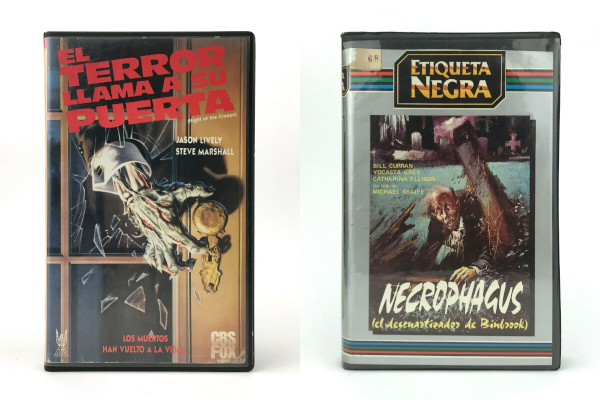
After Spaniards had experienced 40 years of authoritarianism under the rule of dictator General Franco, who died in 1975, freedom was the thing they cherished the most. For children like me, that didn’t just include the freedom to roam unsupervised in Madrid’s crime-ridden streets in the midst of a heroin epidemic, but also the freedom to watch and read pretty much anything I wanted. After the left-wing Spanish Socialist Workers’ Party won the first proper democratic election in 1982, Spain put four decades of strict Catholic censorship behind it and overnight went from being one of the most conservative countries in Europe to one of the most progressive and liberally minded.
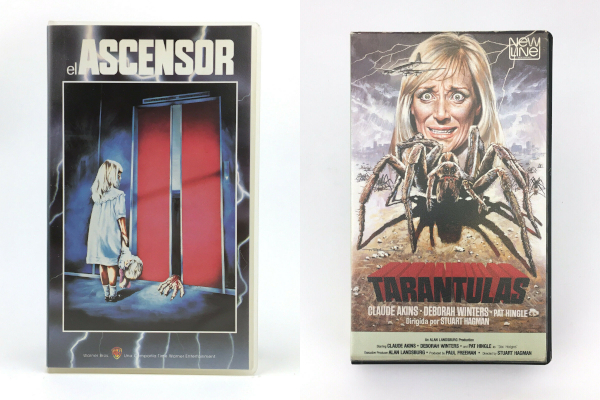
This was a time when the presenter of the most popular children’s program on TV (our options were limited to two channels back then) was Alaska, the frontwoman of a post-punk goth band with the longest nails I’ve ever seen and an actress who notoriously engaged in a golden shower in Pepi, Luci, Bom, one of Almodóvar’s early films.
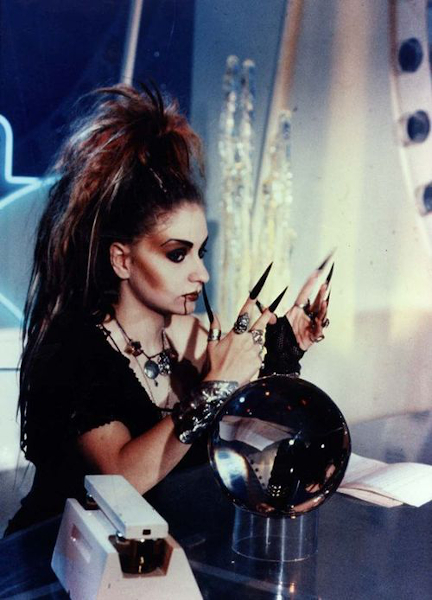
As Spain became more civilized and the country transitioned into a neoliberal free-market democracy in the late ’80s, some of those freedoms were reviewed and La Bola de Cristal, the children’s TV program where the charming Alaska spouted anti-capitalist slogans, was cancelled. But that sense of unfettered access to adult-oriented VHS still lingered for a few years. I can even recall the time when my ethics teacher played us A Clockwork Orange as part of an assignment, when I was just 13.
As the ’80s came to an end, the horror genre became increasingly dominated by endless franchises or straight-to-video titles that were less appealing than their early video-nasty predecessors. I carried on renting videotapes, but some of the excitement of my childhood movie-watching was already gone.
At the beginning of the ’90s, I felt a sense of dullness in the air; everything new felt bland compared with the movies, records and comic books from past decades. As teenagers, my friends and I used to listen to ’60s rock, ’70s punk, ’80s heavy metal and pretty much anything that had a counterculture label attached to it. We were still stuck in the rebellious habits of our parents’ generation, trying to replicate, more than 20 years later, what people like my dad did in the ’60s. But there was none of the excitement, the sense of community or the utopian dreams of that time. To make things worse, HIV was all over the news and the possibility of free love had completely disappeared.
But then the rave scene arrived. Wow. I was 15 when I went to my first techno club. It was like an out-of-body experience. Fuck the ’60s. Fuck rock music. Fuck counterculture. Discovering those clubs where black leather-clad revelers wearing sunglasses danced robotically to computer-made music for 48 hours felt like becoming part of a futuristic cult.
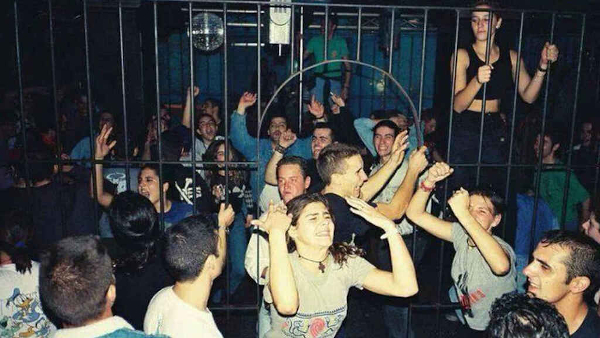
The Madrid rave scene, as opposed to the ones in cities like Manchester or Berlin, didn’t have any cultural scene attached to it. It was a mixture of working-class and middle-class kids brought together by their shared love of electronic music and mind-altering chemicals. But that was it. None of my friends at the time had any interest in films, books or comics, so I lost interest in those things too.
Just like my first VCR, the rave scene opened a portal into new fantasy worlds, but this time those worlds were more tangible. Dancing for hours to fast electronic beats while laser beams pierced through a thick smoke-filled dance floor was the closest I’d ever come to being part of a science-fiction film. It was the perfect escape from my stultifying school routine and the overall boredom of my middle-class environment, as Spain was coming to terms with the unfulfilled dreams of unlimited freedom and prosperity that were sold to us in the ’80s.
But once again, VHS tapes made their way into my life. This time, though, the films I discovered were completely different than the horror movies I’d avidly watched in my childhood. My uncle was an art critic and a cinephile who had a big VHS collection. One day, I borrowed Bergman’s Wild Strawberries and it blew my mind. From then on, and with some guidance from him, I quickly moved into Godard, Tarkovsky, Visconti, Kurosawa, Truffaut, Buñuel, Dreyer. I became a bit of a vampire: On the weekends, I stayed up all night at raves and on the weekdays, I forfeited sleep because I was bingeing on Uncle Paco’s VHS arthouse collection.
After becoming part of the rave scene, I went from being an excellent student to a textbook problem child. I was kicked out of many schools and everyone assumed, myself included, that my prospects in life were pretty dire. During one of those endless weekends, I was introduced to someone who also loved movies. He was a film student and was surprised to meet a hardcore raver who talked about Fellini and Polanski with such passion in the middle of the dance floor. We exchanged numbers, but then I completely forgot about our meeting.
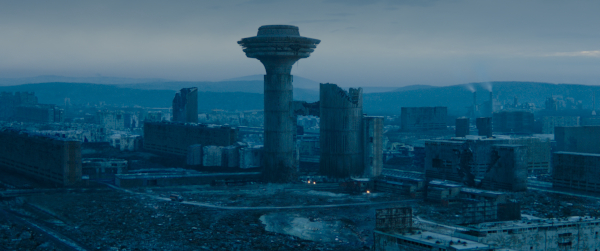
As part of my new lifestyle, I used to spend long summers in Ibiza, a rave mecca in the ’90s. If you were Spanish, it was easy to go there without much money, as you could crash in people’s houses and have free access to the prohibitively expensive clubs. One late September, when the summer season had come to an end and I was heading back to Madrid completely wasted from months of endless partying, I suddenly had my first big existential crisis. I had been immersed in the rave scene for too long and I was tired of it. The sense of novelty was gone and I wanted to do something different with my life. But what could I do when I had no qualifications, no work experience and I’d been clubbing non-stop for the past seven years?
As I walked through the door of my mother’s house, just back from Ibiza, the landline rang. I picked it up. The film student I’d met a few months ago was on the other end of the line. I barely remembered who he was. He said: “Do you want to help with a short film? Can you borrow a van from someone?” I answered yes to both questions. The shoot was on a Saturday morning, so of course I arrived straight from a nightclub. But the moment I set foot on that film set, I suddenly realized that all I wanted to do was make films for the rest of my life. That was the end of my rave years, and it wasn’t long before my former friends and those sleepless weekends felt like a thing of the past.
More than 20 years have passed since I got that call. As I’m writing this piece from London, where I’ve lived for the past 15 years, my debut feature, Undergods, is now out in the U.S. and about to be released in the U.K. My film is filled with horror and fantasy references from the late ’70s and early ’80s – from Creepshow, to Twilight Zone to lesser-known movies like Xtro, while also nodding to arthouse masters like Tarkovsky, Pasolini and Fassbinder. It is a mash-up of the high and low influences that made me the filmmaker I am today.
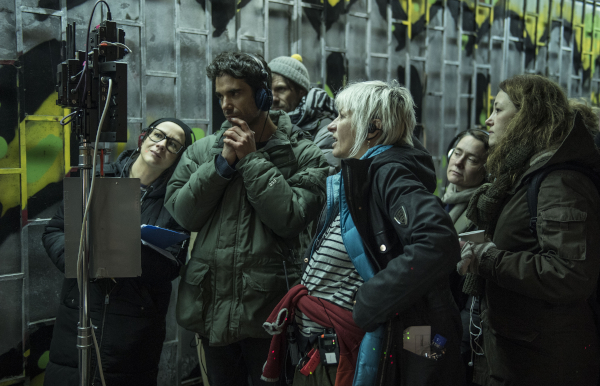
I’ve wondered many times over the years what would have become of me if I hadn’t received that call. There’s a good chance that I wouldn’t be writing this article today. The path I ended up on is quite different from that of my former rave friends, and I feel very fortunate that Alberto Ariza called me that day. He’s credited alongside my Uncle Paco at the top of the “Thank You” section of Undergods.
Featured image, showing Chino Moya on the set of Undergoods, is by Aleksanar Letic, courtesy Chino Moya.



